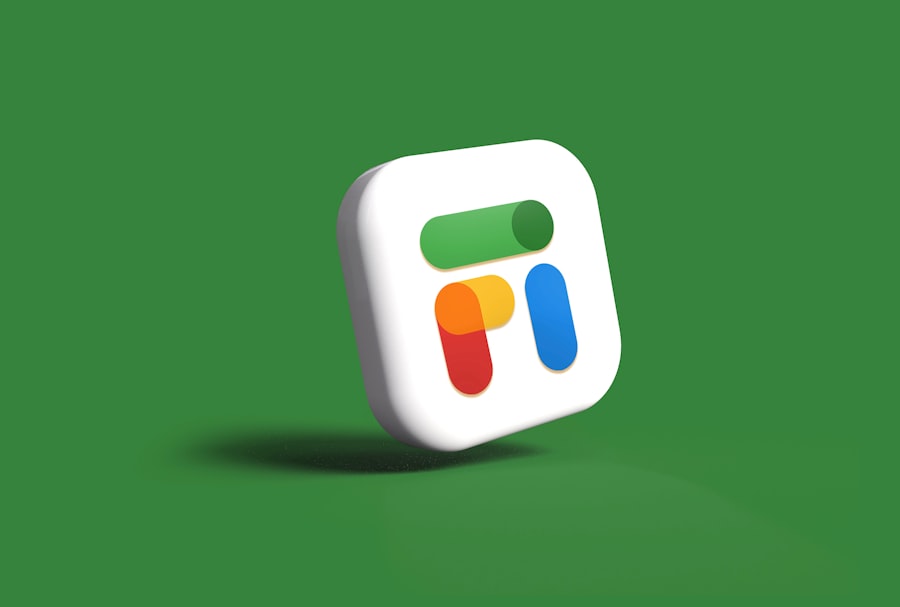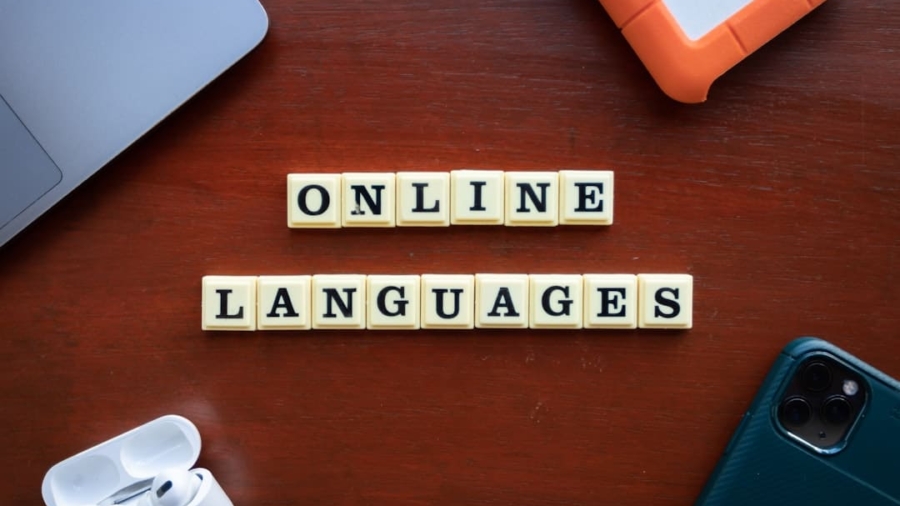In recent years, the integration of gamification into language learning platforms has transformed the way learners engage with new languages. Gamification, which refers to the application of game-design elements in non-game contexts, has emerged as a powerful tool to enhance educational experiences. By incorporating elements such as points, badges, leaderboards, and challenges, language learning platforms have created an environment that not only makes learning more enjoyable but also encourages sustained engagement.
This shift towards gamified learning is particularly significant in the context of language acquisition, where motivation and practice are crucial for success. The rise of digital technology has facilitated the proliferation of language learning applications that utilize gamification strategies. Platforms like Duolingo, Babbel, and Memrise have gained immense popularity by leveraging these techniques to create interactive and immersive learning experiences.
As learners navigate through various levels and challenges, they are rewarded for their progress, which fosters a sense of achievement and encourages them to continue their language journey. This article delves into the multifaceted benefits of gamification in language learning, explores various techniques employed by these platforms, and examines the impact on learner engagement and motivation.
Key Takeaways
- Gamification in language learning platforms enhances engagement and motivation through the use of game-like elements.
- The benefits of gamification in language learning include increased student engagement, motivation, and retention of language skills.
- Techniques used in gamification for language learning platforms include points, badges, leaderboards, and interactive challenges.
- Successful gamification in language learning platforms can be seen in apps like Duolingo and Rosetta Stone, which use game-like features to keep users engaged.
- While gamification enhances language learning outcomes, challenges and limitations include the need for balance and potential for over-reliance on game elements.
The Benefits of Gamification in Language Learning
Enhancing Motivation through Fun and Competition
Traditional language learning methods often rely on rote memorization and repetitive exercises, which can lead to boredom and disengagement. In contrast, gamified platforms introduce an element of fun and competition that can invigorate the learning process.
Fostering Intrinsic Motivation and Community
By setting clear goals and providing immediate feedback through rewards and achievements, learners are more likely to stay committed to their studies. This intrinsic motivation is crucial for language acquisition, as consistent practice is essential for mastering a new language. Moreover, gamification fosters a sense of community among learners.
Collaborative Learning and Social Interaction
Many language learning platforms incorporate social features that allow users to connect with peers, share achievements, and compete against one another. This social interaction not only enhances motivation but also creates a supportive environment where learners can encourage each other. For instance, leaderboards can spark friendly competition, pushing learners to improve their skills while simultaneously building camaraderie. The collaborative aspect of gamified learning can lead to a more enriching experience, as learners share tips and resources that can further aid their language development.
Gamification Techniques Used in Language Learning Platforms

Language learning platforms employ a variety of gamification techniques to create engaging experiences for users. One common approach is the use of points systems, where learners earn points for completing exercises, quizzes, or lessons. These points can serve as a tangible measure of progress and achievement, motivating learners to strive for higher scores.
Additionally, many platforms implement levels or tiers that users can unlock as they accumulate points or complete specific tasks. This progression system not only provides a clear pathway for advancement but also instills a sense of accomplishment as learners reach new milestones. Badges and rewards are another prevalent gamification technique used in language learning applications.
By awarding badges for completing certain challenges or reaching specific goals, platforms can recognize learners’ efforts and achievements in a visually appealing way. For example, a learner might receive a badge for completing their first 10 lessons or for maintaining a streak of daily practice. These badges serve as both motivation and validation, encouraging users to continue their efforts while also providing a sense of pride in their accomplishments.
Furthermore, some platforms incorporate challenges or quests that require learners to apply their skills in real-world scenarios, adding an element of adventure to the learning process.
The Impact of Gamification on Language Learning Engagement and Motivation
The impact of gamification on learner engagement cannot be overstated. Research has shown that gamified elements can significantly increase the time learners spend on language learning platforms. When users are presented with interactive challenges and rewards, they are more likely to immerse themselves in the content and practice regularly.
This increased engagement is particularly important in language learning, where consistent exposure to vocabulary and grammar is essential for retention and fluency. Moreover, gamification has been linked to enhanced motivation levels among learners. The immediate feedback provided by points and rewards creates a positive reinforcement loop that encourages users to continue their studies.
This is especially beneficial for adult learners who may have busy schedules and limited time for language practice. By making learning feel like a game rather than a chore, gamified platforms can help adult learners maintain their interest and commitment over time. The combination of fun, competition, and social interaction fosters an environment where learners feel empowered to take charge of their language journey.
Examples of Successful Gamification in Language Learning Platforms
Several language learning platforms have successfully implemented gamification techniques to enhance user experience and outcomes. Duolingo is perhaps the most well-known example, utilizing a vibrant interface filled with colorful graphics and engaging animations. The platform employs a points system where users earn experience points (XP) for completing lessons and exercises.
Additionally, Duolingo features daily streaks that encourage users to practice consistently by rewarding them for consecutive days of engagement. The incorporation of leaderboards allows users to see how they rank against friends or other learners, fostering a sense of competition that drives motivation. Another notable example is Memrise, which combines gamification with spaced repetition techniques to optimize vocabulary retention.
Memrise uses a points system similar to Duolingo but adds an element of humor through its use of mnemonic devices and entertaining videos featuring native speakers. Users earn points for completing lessons and can unlock new levels as they progress through the curriculum. Memrise also incorporates community features where users can create their own courses and share them with others, further enhancing the collaborative aspect of language learning.
Challenges and Limitations of Gamification in Language Learning

The Risk of Superficial Engagement
While gamified elements can attract learners initially, there is a risk that they may focus more on earning points or badges rather than genuinely acquiring language skills. This phenomenon can lead to a situation where learners become adept at completing tasks within the platform but struggle with real-world application of the language.
Striking a Balance
It is essential for developers to strike a balance between gamified elements and meaningful content that promotes true language proficiency. This balance is crucial to ensure that learners are not only engaged but also acquiring the language skills they need.
Accommodating Diverse Learner Preferences
Another challenge lies in the diversity of learner preferences and motivations. Not all individuals respond positively to gamified approaches; some may find them distracting or unhelpful in their learning process. Language learning platforms must consider these varying preferences when designing their offerings to ensure inclusivity and effectiveness across diverse user groups.
How Gamification Enhances Language Learning Outcomes
Gamification has been shown to enhance language learning outcomes by promoting active participation and sustained practice among learners. The interactive nature of gamified platforms encourages users to engage with content more deeply than traditional methods might allow. For example, when learners are tasked with completing challenges or competing against peers, they are more likely to invest time in practicing vocabulary and grammar concepts actively rather than passively consuming information.
Additionally, the immediate feedback provided by gamified elements allows learners to identify areas for improvement quickly. When users receive instant notifications about their performance—whether through points earned or badges awarded—they can adjust their study habits accordingly. This real-time feedback loop fosters a growth mindset, encouraging learners to view mistakes as opportunities for growth rather than setbacks.
The Future of Gamification in Language Learning Platforms
Looking ahead, the future of gamification in language learning platforms appears promising as technology continues to evolve. Advances in artificial intelligence (AI) and machine learning could enable even more personalized learning experiences tailored to individual user needs and preferences. For instance, AI-driven algorithms could analyze user performance data to create customized challenges that target specific areas for improvement while maintaining an engaging gamified experience.
Moreover, the integration of virtual reality (VR) and augmented reality (AR) technologies holds exciting potential for gamified language learning experiences. Imagine immersing oneself in a virtual environment where learners can practice conversational skills with native speakers or navigate real-world scenarios using their target language. Such innovations could revolutionize how languages are taught and learned by providing immersive experiences that enhance both engagement and practical application.
As educators and developers continue to explore the possibilities of gamification in language learning, it is essential to remain mindful of its limitations while maximizing its benefits. By combining effective pedagogical strategies with engaging game mechanics, future language learning platforms can create dynamic environments that inspire learners to achieve fluency while enjoying the process along the way.
Gamification has become a popular strategy in language learning platforms to engage and motivate users. By incorporating game elements such as points, badges, and leaderboards, these platforms make the learning process more interactive and enjoyable. In a related article, Discover the Best Free Software for Translation Today, the importance of utilizing technology in language learning is highlighted. This article discusses how translation software can aid in language acquisition and improve communication skills. By combining gamification with translation tools, language learners can enhance their proficiency in a fun and effective way.
FAQs
What is gamification in language learning platforms?
Gamification in language learning platforms refers to the use of game design elements and principles in non-game contexts, such as language learning, to engage and motivate learners. This can include features such as points, badges, leaderboards, and rewards to make the learning process more interactive and enjoyable.
How does gamification benefit language learning?
Gamification in language learning platforms can benefit learners by increasing their motivation, engagement, and retention of language skills. It can also provide a sense of accomplishment and progress, as well as opportunities for social interaction and competition with other learners.
What are some common gamification elements used in language learning platforms?
Common gamification elements used in language learning platforms include points, levels, badges, leaderboards, challenges, rewards, virtual currency, avatars, and storytelling. These elements are designed to create a more immersive and interactive learning experience for users.
Are there any potential drawbacks to using gamification in language learning platforms?
While gamification can be effective in motivating and engaging learners, it is important to consider potential drawbacks such as over-reliance on extrinsic rewards, potential for distraction, and the need to ensure that the gamified elements align with the learning objectives and curriculum.
How can language learning platforms effectively implement gamification?
Language learning platforms can effectively implement gamification by carefully designing and integrating game elements that align with the learning goals, providing meaningful feedback, offering opportunities for social interaction and collaboration, and continuously evaluating and refining the gamified features based on user feedback and data.

